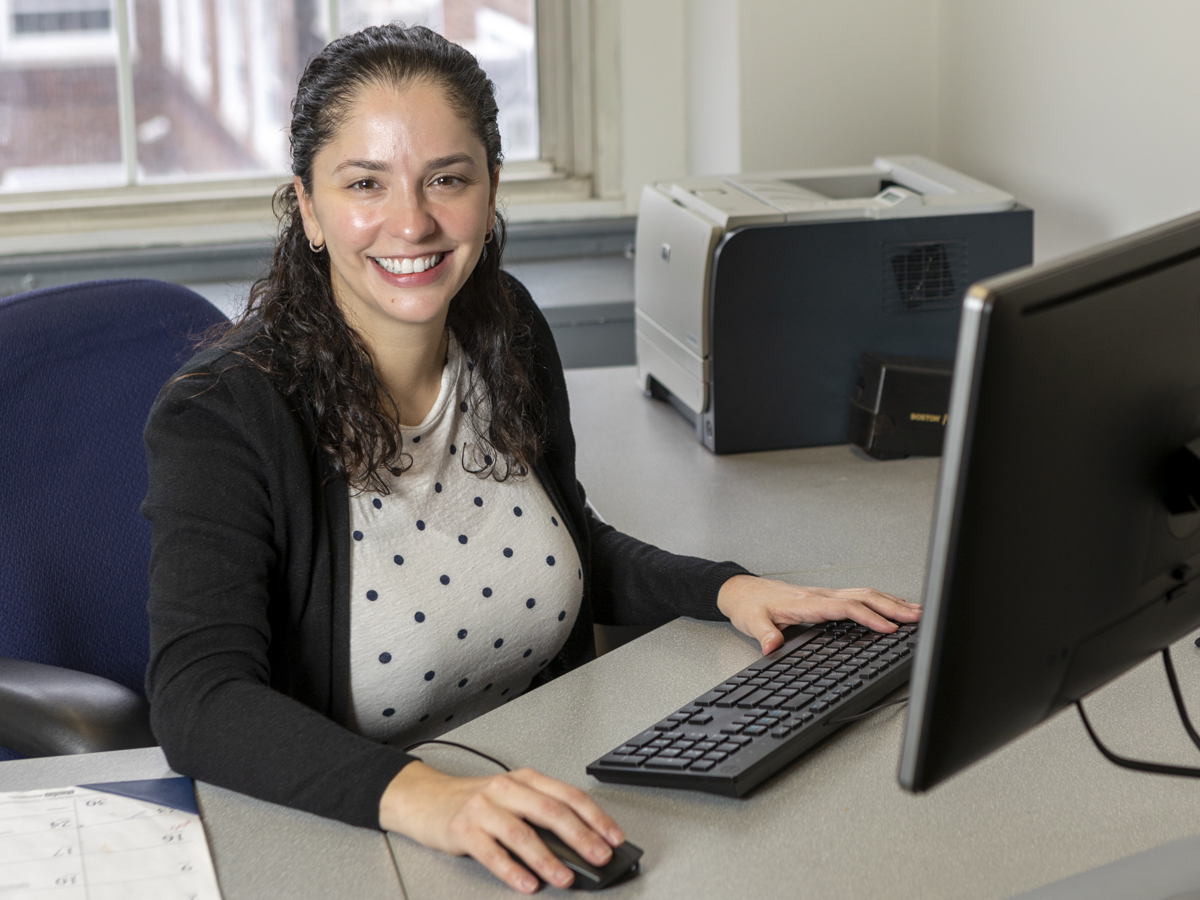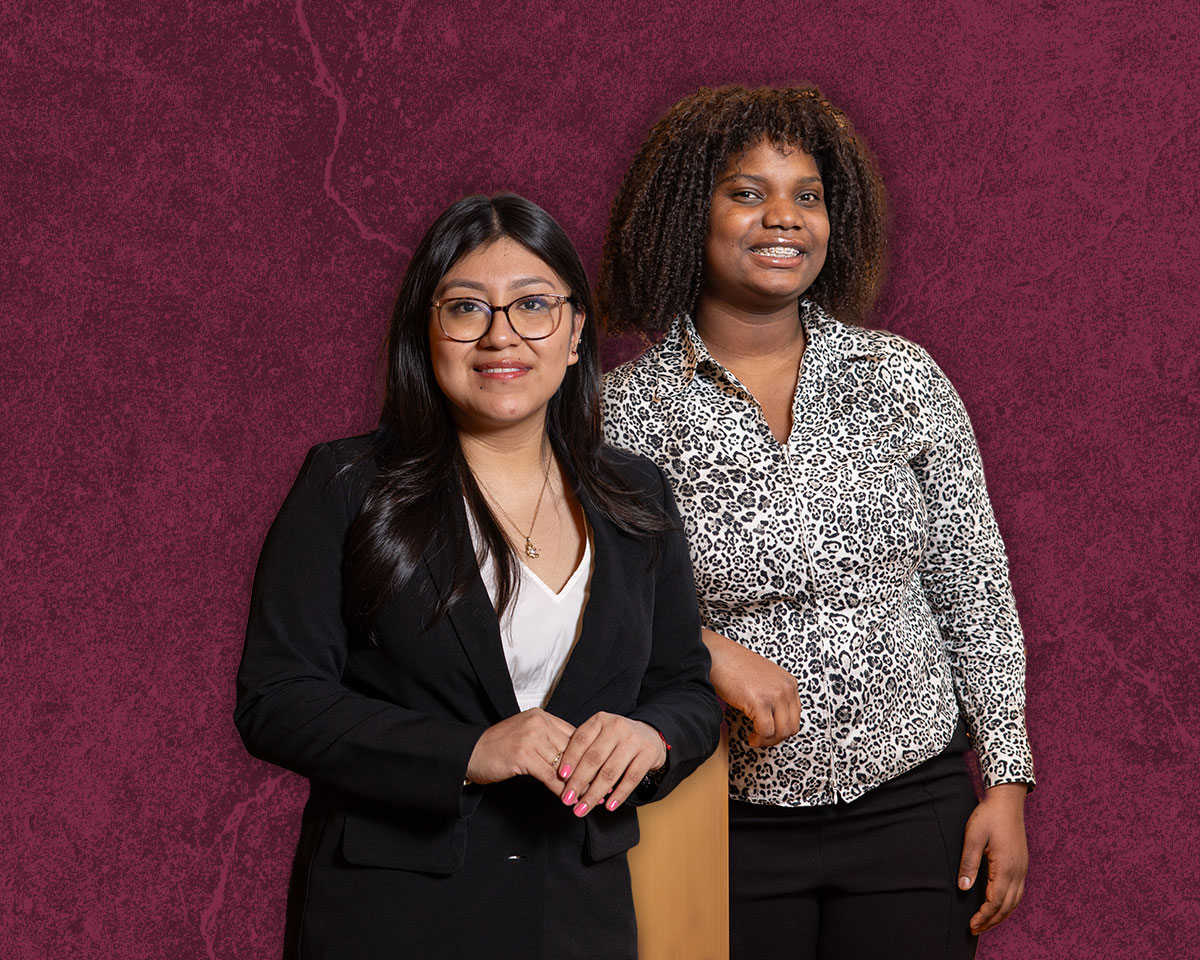Estefanía Ponti, the daughter of Argentinian immigrants who grew up in Staten Island, didn’t know exactly how to do it, she just knew she wanted to get a doctorate in cultural anthropology.
The former Macaulay Honors College student who took classes at Hunter says “it took a village” to get her across the finish line, from her professors and mentors to the academic and student support professionals who checked in on her. Later, as a graduate assistant and doctoral candidate, she had the opportunity to mentor students, and realized she had been honing a skill set that could lead her down a slightly different career path.
Today, she is a wife and mother to two young children, a serious kung fu practitioner, and the college’s associate director of student success and EAB Navigate manager.
You were well on your way to becoming an anthropologist and tenured professor. When did your career path shift?
I started my Ph.D. early, at 22, and I thought I knew what I wanted to do. But I realized through the mentoring work I was doing that I am really passionate about the first-generation, underrepresented, low-income student population.
My training is as a cultural anthropologist. I taught at the college level for 10 years and learned that teaching isn’t just standing up there and sharing your expertise. A huge part of it is mentoring students and being supportive.
When I got to know my students, I was seeing how all these other things outside of the classroom tied into academic success. It was my relationship with my students, my rapport with them, and me showing them that I cared that really made a difference.
So, a number of threads came together that made me move into student success and academic advisement.
You came to Brooklyn College eight years ago as an academic program coordinator, and in the last year you became the associate director of student success and EAB Navigate manager. Navigate is relatively new to the college. How does it work?
Navigate is a software and student management tool that has all these different features. The most popular is the appointment feature, which makes it easier for students to make appointments with faculty and administrators, and on the faculty/administrator side, it makes it easier to manage appointments.
When faculty and advisers meet with students, they can put in case notes and create a virtual case file so that we are all in communication. We can see, for example, that a student saw an adviser in the Center for Academic Advisement and Student Success, then saw an adviser in his or her major, and what they went over. We can see students’ GPA trend and other important data highlighting potential roadblocks to degree progress and ultimately, graduation. It’s essentially a collaborative care model that allows us to engage with the students better.
But I always stress that it’s only as good as those utilizing it. It doesn’t replace a human connection. When used properly, it facilitates connections and allows us to be more proactive in our outreach and streamline our work.
It seems so data-driven for someone who got into your role to work with students.
I really believe so strongly in the relationship aspect of all of this. EAB Navigate is just a way to get to the student faster and more efficiently. If we don’t cultivate relationships with students that are meaningful, that’s when we’ll lose them to life.
I was a CUNY student through and through. I know how life gets in the way. Our students are smart, they’re hustling, they work, they have families, they are in school full time. We just need to be there to walk them through this journey.



